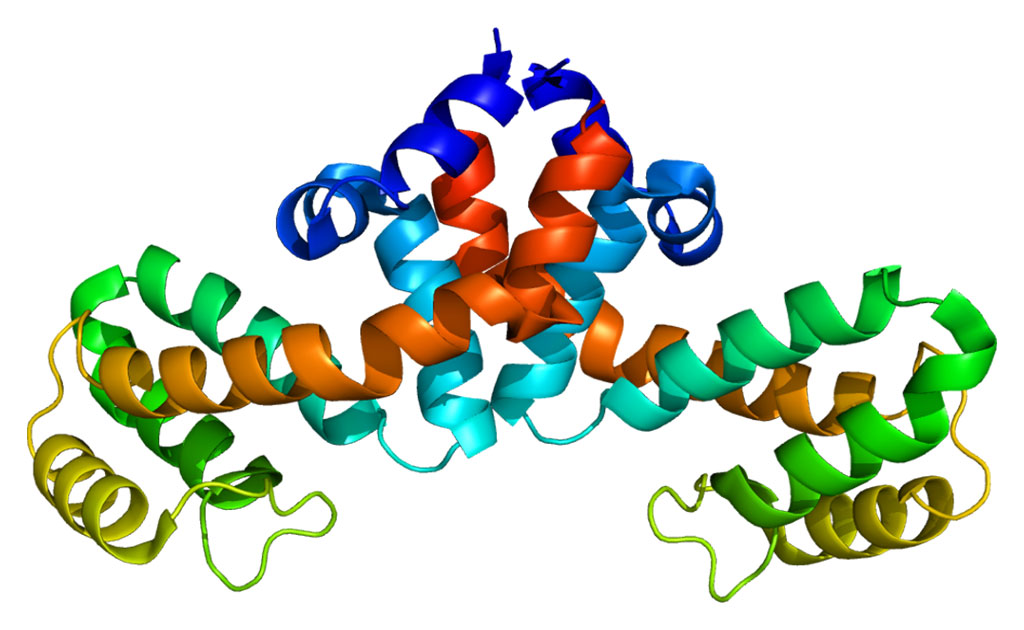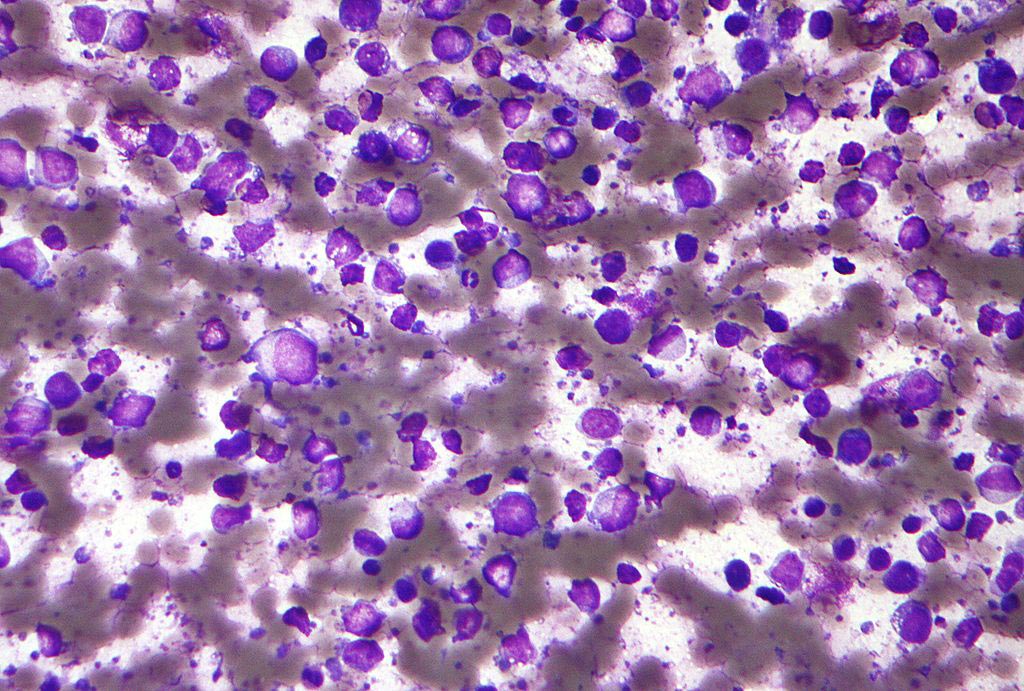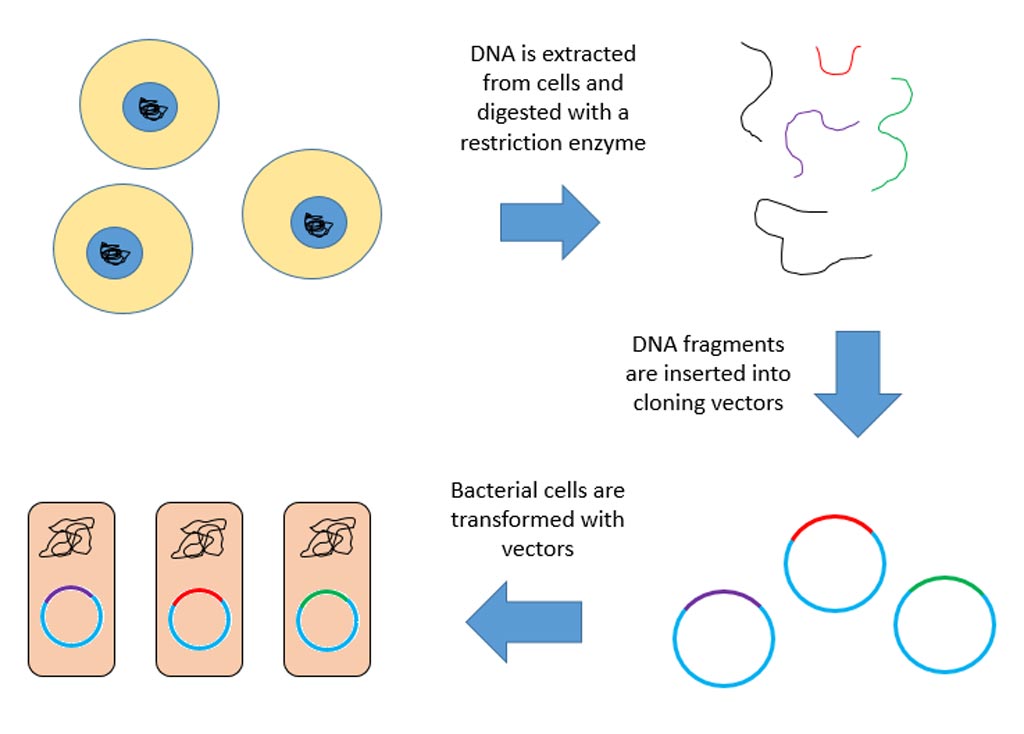RNA Editing Linked to Transformation of Liver Cancer Cells
By LabMedica International staff writers
Posted on 14 Feb 2013
Advanced transcriptome sequencing techniques have highlighted the trail of molecular events that occur when a normal liver cell transforms into a cancerous hepatocellular carcinoma (HCC) cell.Posted on 14 Feb 2013
A team of investigators at the National University of Singapore (Singapore) and at the University of Hong Kong (China) analyzed matched specimens comprising a sample of liver cancer tissue and an adjacent nontumor tissue, from surgical specimens from liver cancer patients. They reported in the January 6, 2013, online edition of the journal Nature Medicine that adenosine-to-inosine (A→I) RNA editing of the AZIN1 (encoding antizyme inhibitor 1) gene was increased in HCC specimens.
A→I editing of AZIN1 transcripts, specifically regulated by the enzyme ADAR1 (encoding adenosine deaminase acting on RNA-1), resulted in a serine-to-glycine substitution at residue 367 of AZIN1. The investigators predicted that this mutation would cause a conformational change, induce a cytoplasmic-to-nuclear translocation, and confer gain-of-function phenotypes that would be manifested by augmented tumor-initiating potential and more aggressive behavior. Compared with wild-type AZIN1 protein, the edited form had a stronger affinity to antizyme, and the resultant higher AZIN1 protein stability promoted cell proliferation through the neutralization of antizyme-mediated degradation of ornithine decarboxylase (ODC) and cyclin D1 (CCND1).
The predicted effects of the mutation were confirmed by evaluation of paired tissue samples from some 180 liver cancer patients in which RNA editing of the AZIN1 gene was significantly associated with the presence of liver cirrhosis, tumor recurrence, and poorer survival rate.
Contributing author Dr. Daniel Tenen, professor of medicine at the National University of Singapore, said, “Up to now, scientists have focused on studying DNA, not RNA. Because RNA can be more easily modified than DNA, it suggests that therapeutic approaches are potentially available.”
Related Links:
National University of Singapore
University of Hong Kong














